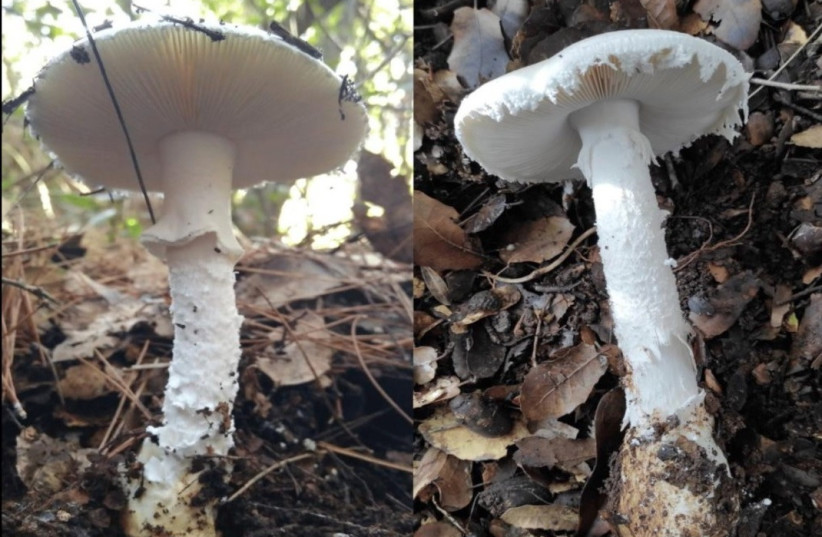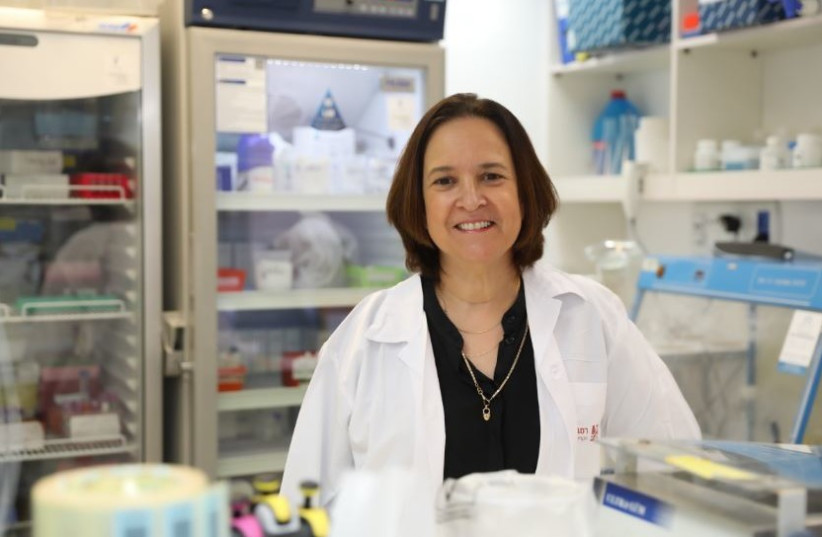With the rains of winter, mushrooms are pushing their heads up through the ground in forests or even on lawns. Mushrooms are fungi that originate from tiny spores, and in the wild, they release their own spores that fall to the ground or are carried by the wind. They appear suddenly because of their rapid growth rate, doubling in size in 24 hours (4% per hour).

Picking wild mushrooms (macrofungi) has become a popular activity in Israel in recent years. Besides the estimated 135 edible species, the mycobiota of Israel also includes around 65 poisonous and potentially dangerous species.
According to a study published earlier this year in the journal Mycologia by experts at the Israel Poison Information Center on the Rambam Health Care Campus in Haifa and colleagues during the decade ending in 2021, just four percent of exposures to poisonous biological substances were caused by mushrooms.
Males were significantly more affected than females, and most cases involved either above 18 years of age or below the age of six.
The most common mushrooms in poisoning cases in Israel are of the Inocybe genus and the green-spored parasol (Chlorophyllum molybdites).
Rambam reported on Thursday that a woman in her 40s was hospitalized there due to severe poisoning from a poisonous wild mushroom that she picked, cooked, and ate. Fortunately, she was treated in time and is out of danger. According to the Poisoning Information Center. This was the 11th poisoning case at the hospital since the beginning of December; some of them involved group poisoning of people who shared the same meal. In one case this year, liver damage was caused. In previous years, there were life-threatening cases that required prolonged hospitalization in the intensive care unit and even complex treatments such as dialysis and chemotherapy.
Information Center director Dr. Yael Luria said that “mushroom poisoning may present itself in a variety of symptoms from nausea and vomiting to multisystem damage, depending on the type of mushroom and the amount consumed. Identifying the fungi is important for making medical decisions and is a very complex issue. At the poisoning center, we are assisted by mushroom-identification experts and volunteers who help us identify the mushrooms.”
In light of the case of the woman who was hospitalized at Rambam, Luria stressed that in most cases, cooking doesn’t destroy the toxins found in the mushroom. Every year, with the arrival of the winter season and the rains, cases of poisoning from eating wild mushrooms begin to appear all over the country. It’s very difficult for the untrained eye to distinguish very-poisonous mushrooms from others.

In addition to the health risk, there is also an environmental aspect of nature conservation. Mushrooms play an important role in the ecological balance, and uncontrolled harvesting harms the variety of species in it. If you're still craving mushroom soup or a dish containing mushrooms, do so only from the excellent mushrooms that can be purchased at the supermarket today, Luria urged.
In case of poisoning or suspicion of poisoning, you can call the Israel Poison Information Center at 04-777-1900.
